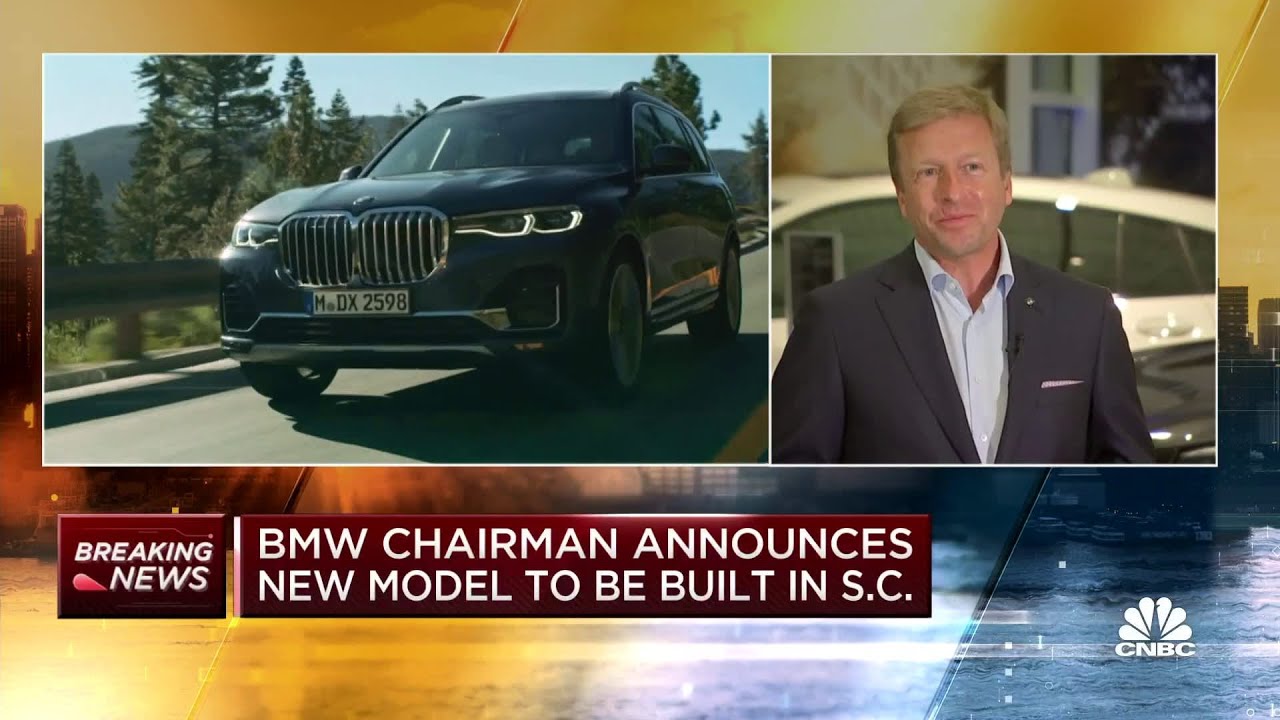Seems like everyone these days wants an F-16, the fighter jet that flies twice the speed of sound, doesn’t quite fit into a three-car garage, and costs around $18.8 million each. (Unless you want to pick up a used 1980 model in Palm Beach, Florida, for just $8.5 million.)
Today, Bahrain, Bulgaria, Morocco, Slovakia and Taiwan are among Lockheed Martin Corp.’s newest customers for the defense contractor’s venerable Fighting Falcon, built right here in Greenville, in a contract totaling as much as $62 billion over the next 10 years.
“My initial reaction was, ‘Wow, we’re going to be really busy for a long time,’” says Mike Fox, Lockheed Greenville’s site director and general manager. “Yes, that is a lot of orders, but I have full confidence in our team’s ability to deliver on these orders and any others we may receive.”

At its South Carolina Technology & Aviation Center campus, Lockheed’s F-16 manufacturing operation had pretty much been idling for several years.
“To go from a single order of 16 aircraft to multiple orders totaling 128 F-16s over the course of just 26 months is incredible and truly marks a resurgence of one of the most proven and powerful fighter platforms ever created and operated,” Fox says.
On Aug. 14, a massive U.S. Defense Department contract came in with an initial delivery order of 90 aircraft at $4.9 billion. Among the largest purchasers under the contract: Taiwan, with $8 billion worth of 66 Fighting Falcons, according to an Air Force press release.
While the F-16 didn’t make the cut for “Top Gun: Maverick,” the hotly anticipated Tom Cruise vehicle set to open next summer, the winged weapon remains one of the world’s most popular of its type. The airplane accounts for 16% of the globe’s top 10 fighter jets, according to Flight International’s 2020 World Air Forces report.
Worldwide, 25 different air forces fly more than 3,000 currently operational F-16s, Lockheed says of the jet that General Dynamics originally produced in 1978.
Now the nearly 10-ton aircraft is adding even more weight to the Upstate’s economy.
Already, Lockheed employs some 400 people, says Jody Bryson, president and CEO of SCTAC’s 2,600-acre site, formerly Donaldson Air Force Base, whose tenants also include the likes of Michelin, IBM and 3M, among others.
“With the additional F-16 manufacturing, jobs will nearly double the current workforce, adding to the impressive $2 billion local economic impact created annually by SCTAC companies and suppliers,” Bryson says.
Of that, Fox says Lockheed Greenville, which has seen nearly $260 million in capital improvements and infrastructure investments in the last 3½ decades, averages $100 million annual economic impact.

Bryson says that with global demand soaring, “so will the opportunity for Lockheed to perform maintenance, repair and overhaul on these aircraft; MRO jobs have been a staple of Lockheed’s business portfolio since their arrival at SCTAC.”
Lockheed’s facility services thousands of airplanes, nose to tail, including the massive C-130 Hercules transport turboprop and the P-3 Orion maritime patrol and submarine hunter, among others. For the F-16 alone, more than 400 suppliers in 41 states contribute to the program, valued at some $100 billion, Lockheed says.
Even with COVID-19, Fox says, production remains on track: “We are actively working with our suppliers and customers to reduce any impacts.”
And responding to the new boom in business, Fox says: “I was thinking of how proud I was for the F-16 platform and how something we’ll be making here will be supporting air forces around the world.”

What It’s Like to ‘Rock’ an F-16
The Rock rolled — and soared and dived and tumbled and zipped along at 600 mph just 300 feet off the ground.
“It’s a feeling that is not comparable to anything else felt on Earth,” Lt. Col. Keith “Rock” Rockow says of his experience flying F-16s during his 20 years in the U.S Air Force. “In terms of the exhilarating energy and the adrenaline rush that occurs, especially under some of the most exciting moments in aviation, it’s just not something that I can really put into true words.”
He retired in 2016 after his final tour of duty at the Pentagon, where he just so happened to work in foreign military sales. He then moved to Clemson.
Of Lockheed’s F-16 production in Greenville, he says, “It is really great for the community from a manufacturing-jobs standpoint, but it also has an effect on our nation’s strategic defense because we aren’t just selling F-16s to other countries, we are building strong relationships between our global partners.”
He compares the F-16 to a souped-up Mustang or Corvette, although the Lockheed machine can fly 1,500 mph, or about three times faster than the 737s he now pilots for Delta Airlines.
“It’s put together well,” he says of the model he piloted in more than 1,500 sorties, “but it’s also a fighter jet, so they need to keep it light and maneuverable and utilitarian — not a lot of nice creature-comfort type features, every little pound is something.”
The fighter jet’s G (or gravity) forces can render a body virtually unmovable, he says. That’s especially at the F-16’s nine G’s, which is akin to bearing under the pressure of nine times your body weight; if your hand happens to drop or fall from the flight stick, he says, you won’t be able to move it.
His pride in Greenville’s role in building the Fighting Falcon sounds similar to that he feels for the Lockheed aircraft: “If I were flying against another type of airplane, I always felt the F-16 had a strength that I could take advantage of — and win the fight.”
Mike Fox, site director and general manager at Lockheed’s Greenville facility, says strategic business development “conceptualizes the art of the possibility.”
Asked what keeps him up at night, considering the recent boom in F-16 business, he says:
“How we can grow our capabilities and services to meet the needs of our customers and the warfighter. That’s always on my mind, and the competitive side of our team is focused on efficiency to drive down cost and position the company to win new business to support our strategic goals. That’s what keeps me up at night, with pad and pen close to the nightstand.”
 F-16 specs
F-16 specs
- Length: 49 feet, 5 inches (roughly the height of each letter in the Hollywood sign in Los Angeles)
- Span: 32 feet, 8 inches (a three-car garage stretches about 28 feet)
- Takeoff weight: 37,500 pounds (roughly the weight of three elephants)
- Max speed: 1,500 mph (Mach 2, or twice the speed of sound at altitude)
- Max altitude: 50,000-plus feet
- Range: 2,425 miles (about 100 miles longer than the distance from Greenville to Los Angeles)
- Engine: One 27,000-pound-thrust Pratt & Whitney F100
Sources: Infoplease (updated February 2017); U.S. Air Force (September 2015)
About the name: Fighting Falcon or Viper?
General Dynamics Corp. flew its first F-16 design in 1974 and named the aerial weapon the “Fighting Falcon.” In the early 1990s, Lockheed acquired General Dynamics’ military-aircraft division and kept the original name, although pilots at Hill Air Force Base in Utah are said to have referred to the jet as “Viper.”
Here’s an assortment of other monikers and nicknames for what’s billed as the world’s most popular fighter plane.
- Israeli Air Force: Netz (or “Hawk”); Barak (‘Lightning”); Sufa (“Storm”)
- Polish Air Force: Jastrzab (“Hawk”)
- Lawn Dart: Due to mishaps in its pre-Lockheed days
- Midnight Falcon: To highlight the aircraft’s day/night all-weather capabilities
- Desert Falcon: A General Dynamics/Lockheed Martin nickname
- Sweet Sixteen: For obvious reasons.
Source: F-16.net: The Ultimate F-16 Site
The post Lockheed Martin’s Fighting Falcon appeared first on UPSTATE BUSINESS JOURNAL.











